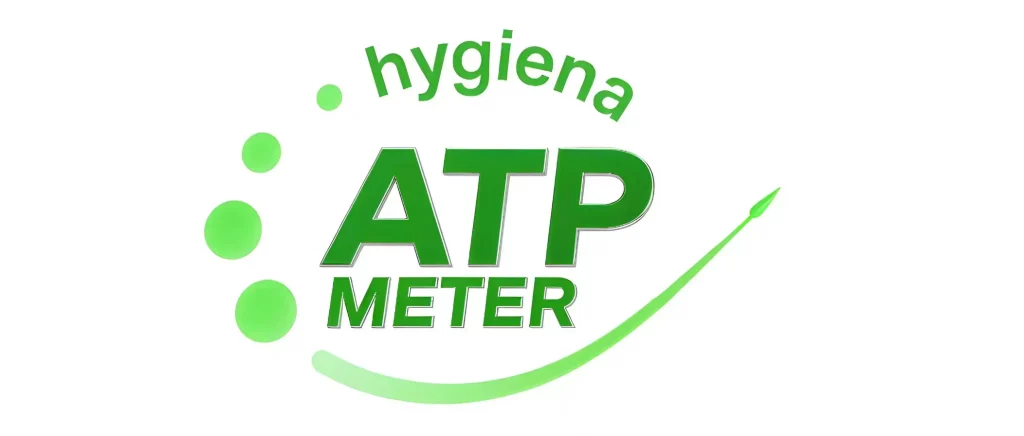Uncategorized
ATP Fluorescence Detector is Used in Food Safety
ATP fluorescence detectors are essential and critical equipment in food safety management systems. Their importance lies in the rapid prevention and control of risks throughout the entire food supply chain. Currently, food safety faces multiple challenges, including microbial contamination and substandard cleanliness. Traditional testing methods, due to their long cycles and complex operations, struggle to meet the demands of real-time control. However, ATP fluorescence detectors, with their instant screening capabilities, can quickly identify contamination risks in food ingredients, production environments, and contact utensils, effectively addressing the shortcomings of traditional testing. They provide core technical support for companies to proactively intercept substandard products and for regulatory authorities to efficiently conduct supervision and inspections. They are a crucial tool for ensuring consumer food safety and maintaining order in the food industry.
Core Role: Rapid Early Warning to Achieve Control Upgrades
1. The core role of ATP fluorescence detectors in food safety is to serve as a rapid “early warning radar” for microbial contamination risks. By measuring the ATP content in food, food contact surfaces, and related environments, they indirectly determine the extent of microbial residues or organic contamination.
2. This device does not replace traditional microbial culture methods (which accurately identify microbial species and numbers and are suitable for final contamination confirmation). Instead, it focuses on “front-end rapid screening,” addressing the “risk lag” caused by the long detection cycle of traditional testing (24-72 hours). This device helps the food industry proactively identify contamination risks that may lead to food spoilage and foodborne illnesses throughout the entire production, processing, distribution, and sales process, thereby upgrading its management and control model from “reactive response” to “proactive risk prevention.”
Core Functions: Four Major Functions to Meet the Needs of Full-chain Management and Control
1. Minute-Level Rapid Detection
This feature breaks the time constraints of traditional microbial testing, eliminating the tedious processes of culture medium preparation, inoculation, and constant-temperature incubation. From on-site sampling (e.g., swabbing food contact surfaces and extracting food samples), adding reagents, to the device reading and displaying results, the entire process is incredibly fast, providing instant feedback on the contamination status of the test object. This meets the core requirement of “rapid response” in food safety management and control, preventing unqualified food from entering the market or the next production process while waiting for test results.
2. Quantitative Result Output
The device converts detected fluorescence intensity into precisely quantifiable relative light units (RLUs) and supports pre-defined “pass/fail” thresholds based on different scenarios (e.g., food ingredients, tableware, and workshop floors). Compared to traditional qualitative “colony presence/absence” testing, this feature eliminates the subjective errors associated with manual observation of colonies, making test results more objective and comparable, while also providing data support for subsequent contamination analysis.
3. Multi-Scenario Adaptive Testing Function
With extensive testing coverage, it not only screens for microbial contamination in food products (such as fresh meat, aquatic products, fruits and vegetables, dairy products, and pre-packaged foods), but also conducts testing on key auxiliary links in food safety management, including food contact surfaces (production equipment conveyor belts, knives, containers, and workstations), the production environment (workshop floors, walls, and air filters), hand hygiene (microbial residues after hand washing), and the effectiveness of tableware disinfection. This enables comprehensive, multi-dimensional risk monitoring of food safety.
4. Data Recording and Traceability
The ATP fluorescence detector is equipped with a data storage module that automatically records key information such as the time and RLU value of each test. The device also supports data export to a computer via USB. This feature allows companies to establish comprehensive test data archives, track contamination trends over time and at different locations, and provide a data basis for optimizing control measures (such as adjusting disinfection frequency for equipment that repeatedly exceeds RLU standards). It also enables rapid provision of compliance documentation during regulatory inspections.
Application Benefits
1. Lowering the Operational Barrier to Entry and Improving Control Efficiency
No specialized microbiology laboratory environment or highly educated technicians are required. Ordinary staff can master sampling, sample addition, and testing procedures after a short period of standardized training. Furthermore, the device is compact and portable, enabling on-site testing without sending samples to a third-party laboratory, significantly reducing transportation costs and time.
2. Preemptively Intercepting Risks and Reducing Financial Losses
Traditional microbiology testing, due to its long lead times, often results in food already in circulation/processing. If food contamination is subsequently discovered, companies face product recalls, batch destruction, and consumer claims, resulting in significant financial losses and damaging brand reputation. The ATP fluorescence detector’s real-time screening capabilities can prevent risks at their earliest stages.
3. Complying with Compliance Requirements and Enhancing Market Trust
ATP fluorescence detection technology has been incorporated into numerous national and industry food safety standards, making it a compliance tool for companies to meet official regulatory requirements and conduct internal quality control. For businesses, using this equipment for regular testing can demonstrate the scientific and rigorous nature of their food safety control processes, making them more persuasive when responding to regulatory inspections. It can also send a positive signal to consumers that they prioritize food safety, strengthening their trust in the brand. For regulatory authorities, this equipment can improve inspection efficiency, quickly identify potential risks at food businesses within their jurisdiction, and promote more efficient and accurate food safety oversight.
4. Optimize Control Strategies and Achieve Continuous Improvement
Leveraging the equipment’s data recording and traceability capabilities, businesses can regularly analyze test data to identify weaknesses in food safety control. For example, by analyzing seasonal changes in the RLU of fresh fruits and vegetables, they can tailor storage temperatures and shorten storage cycles, mitigating microbial contamination risks at the source and continuously improving food safety control.
